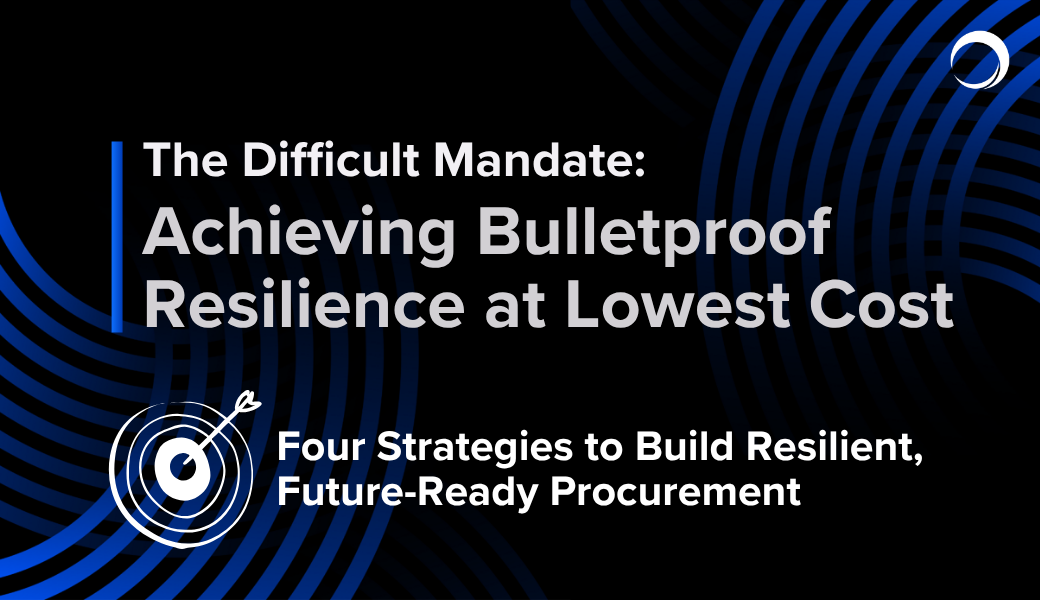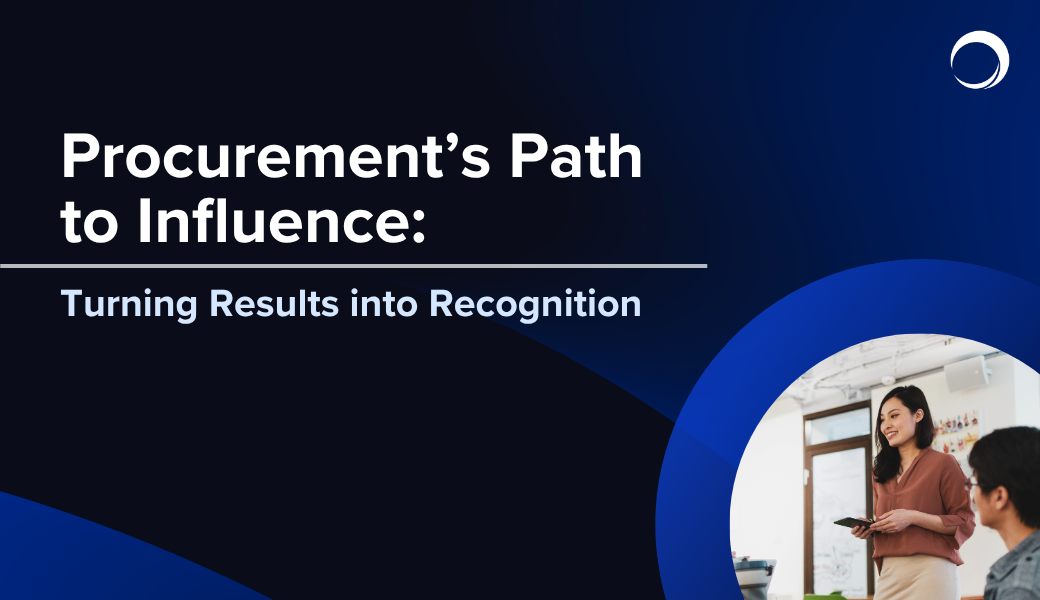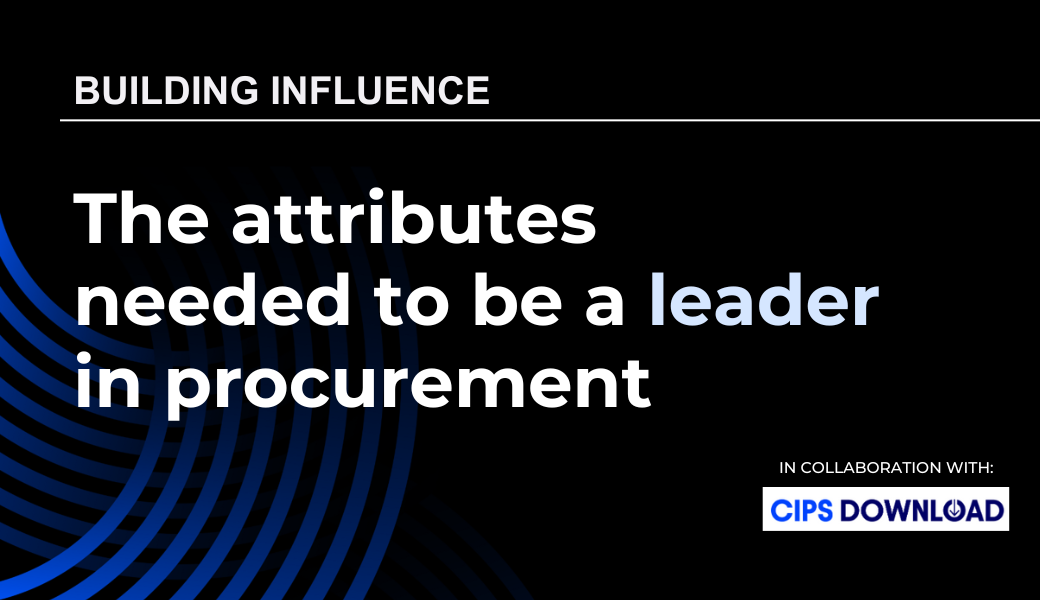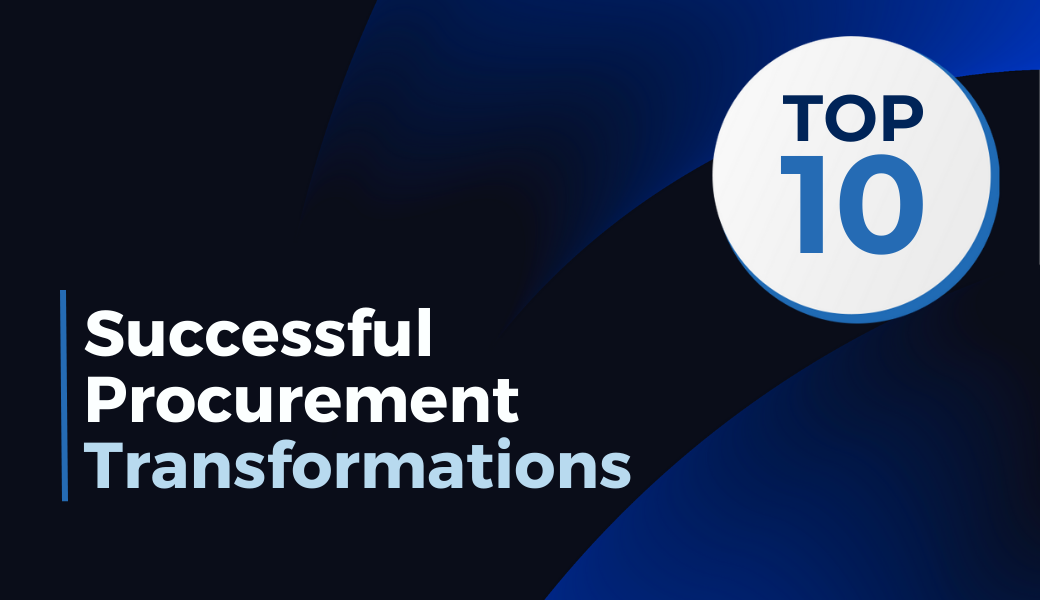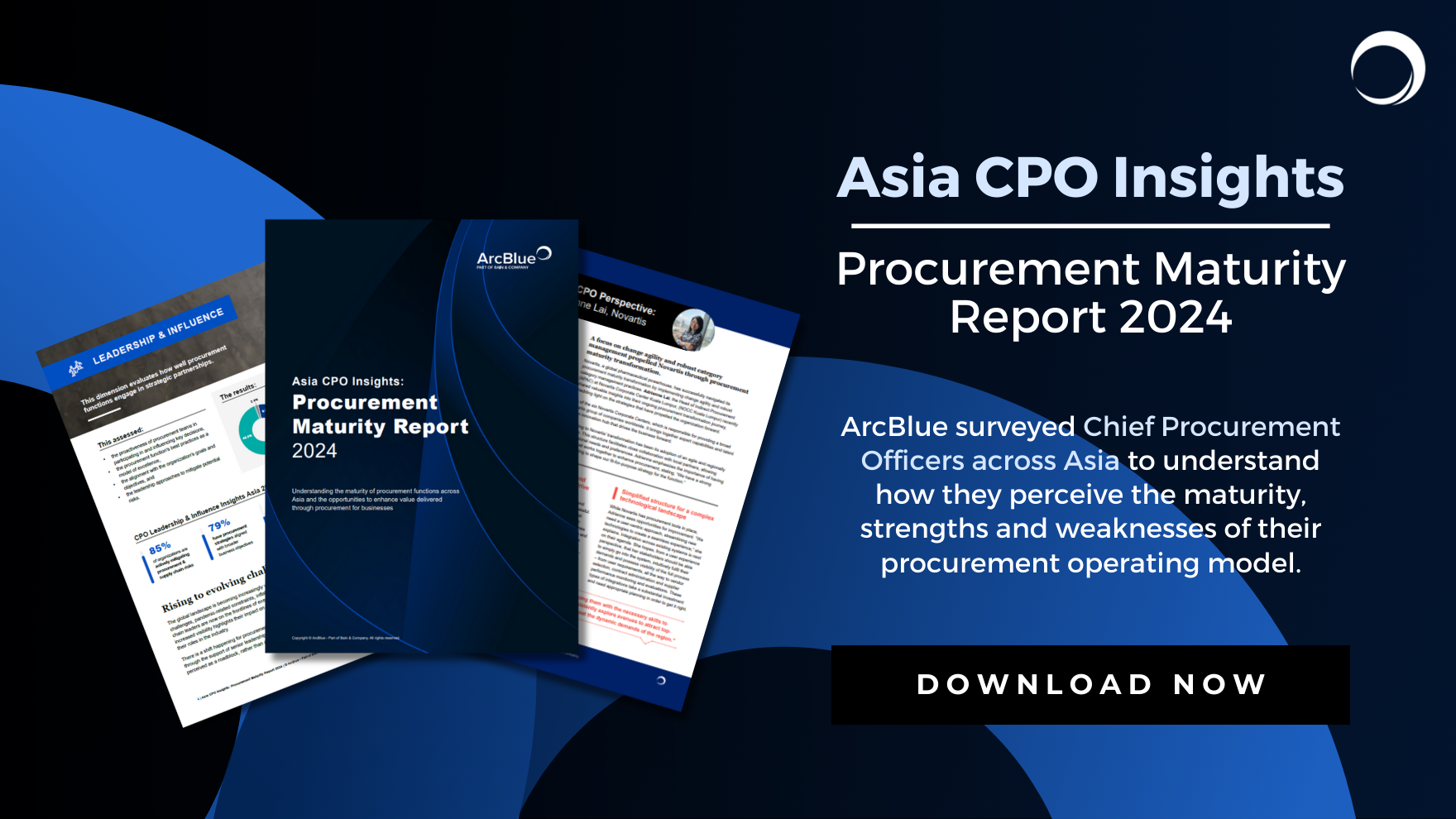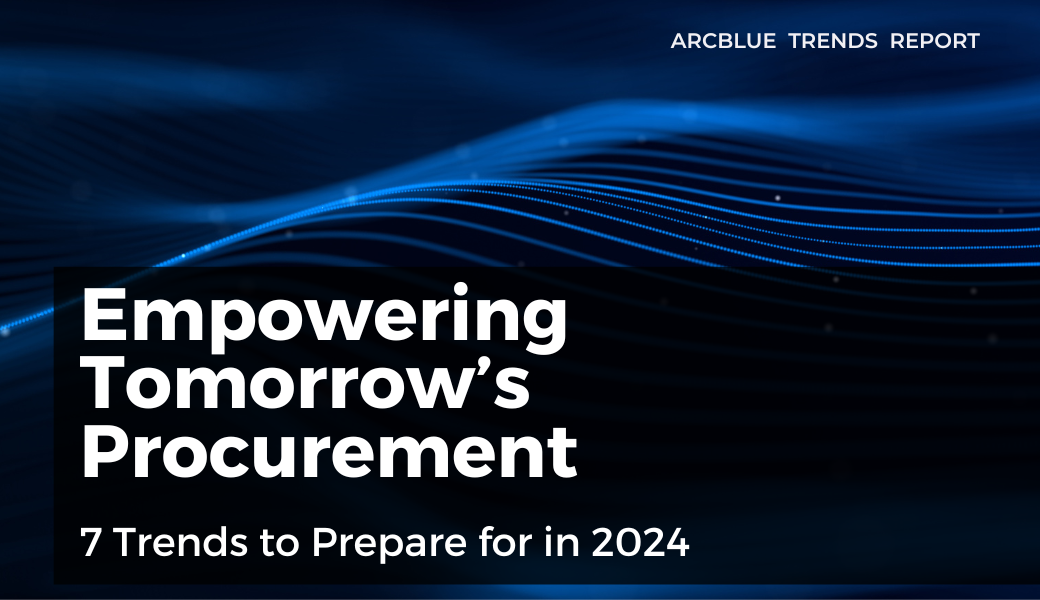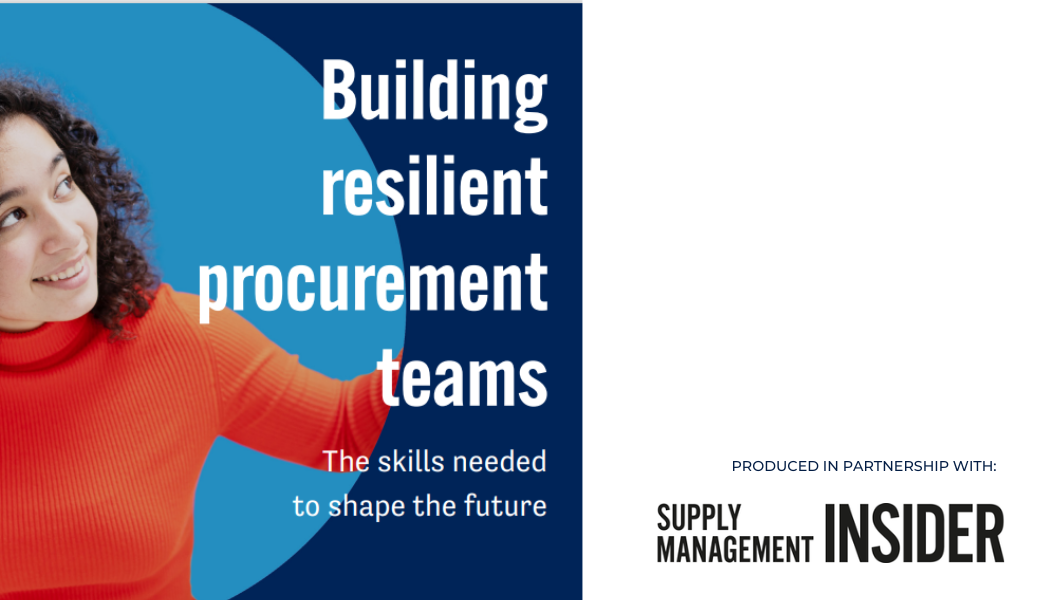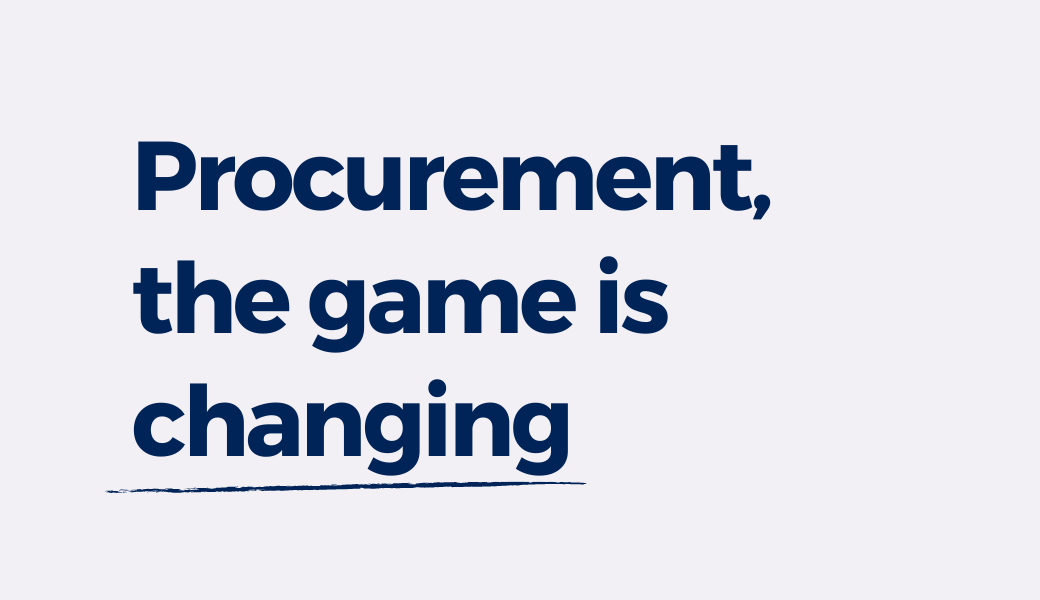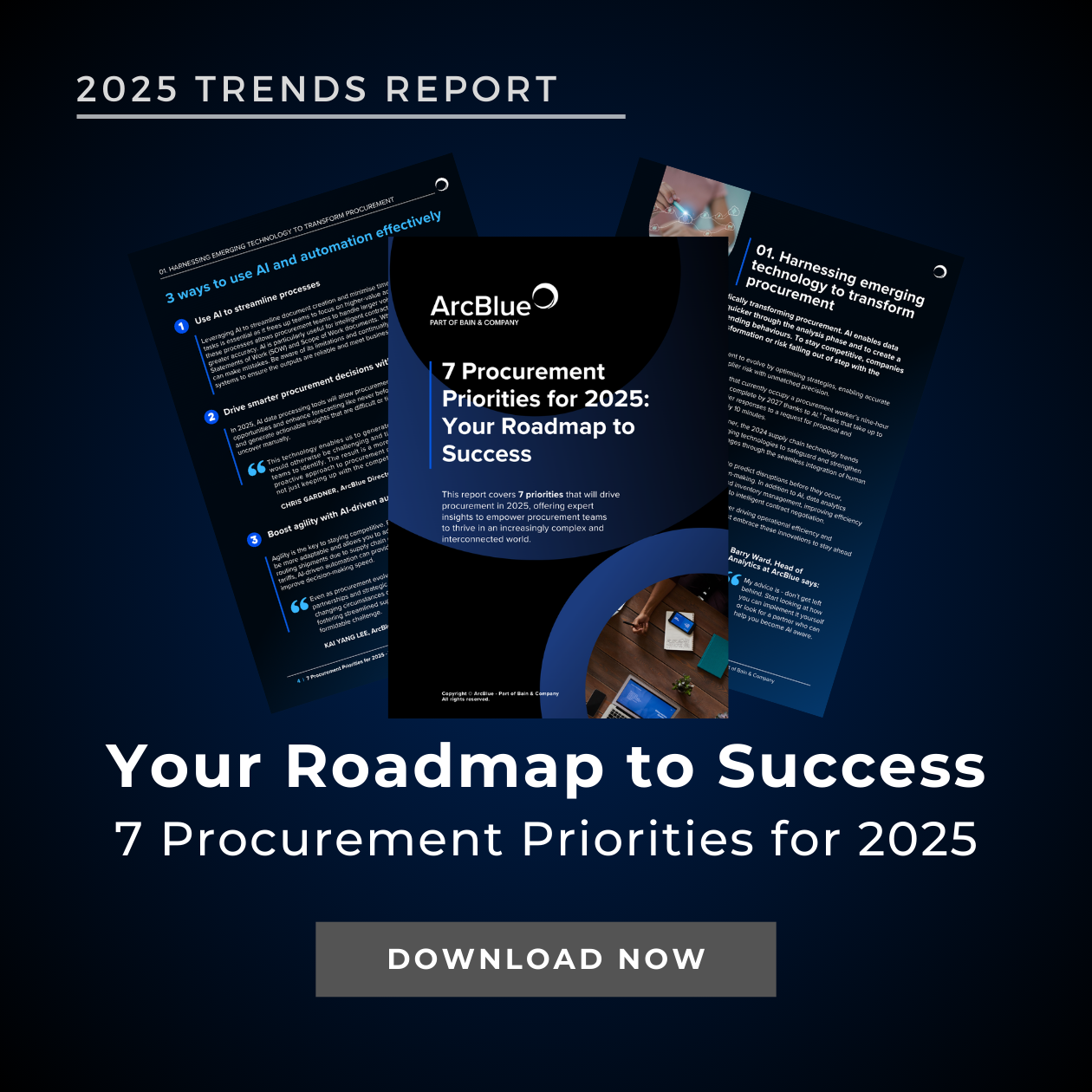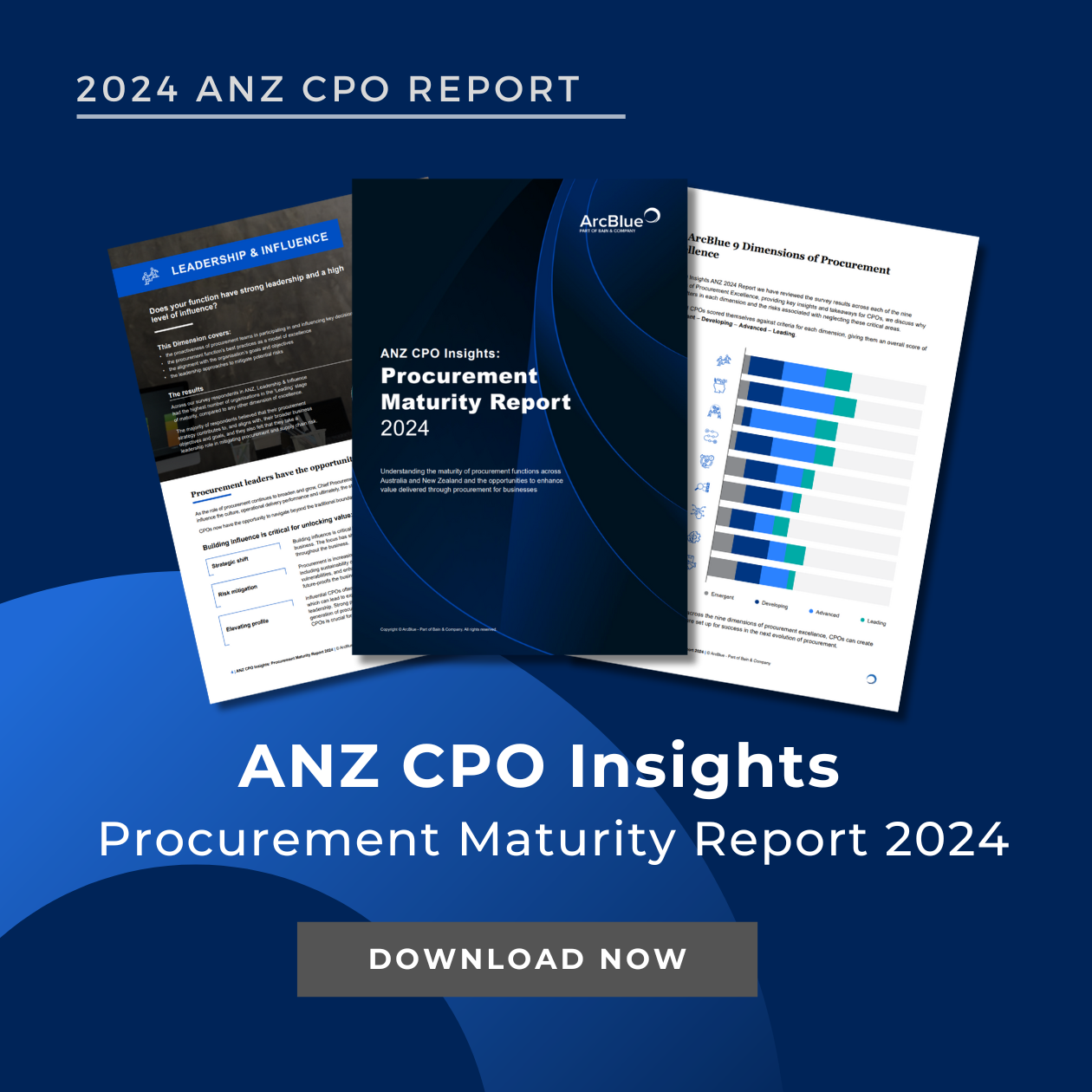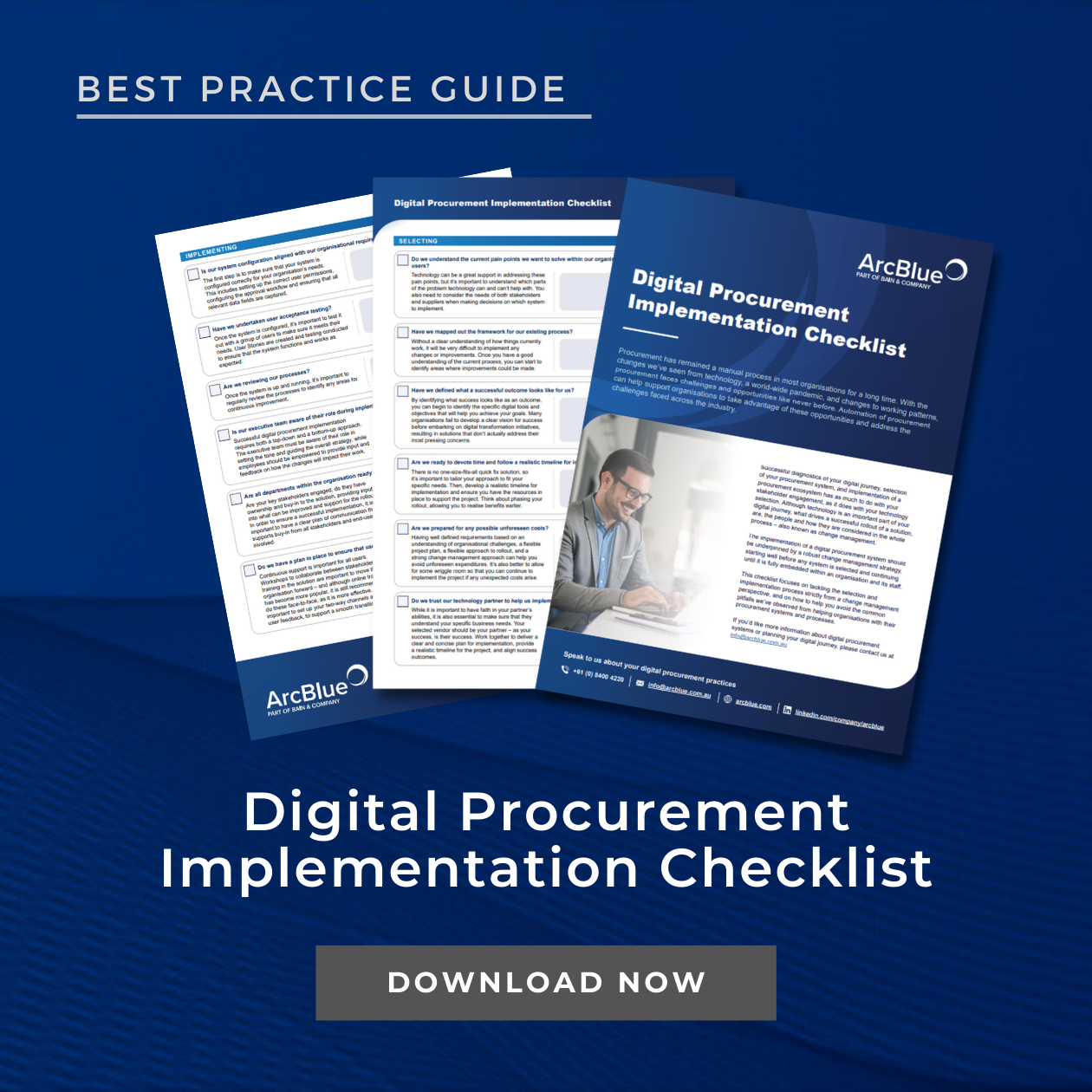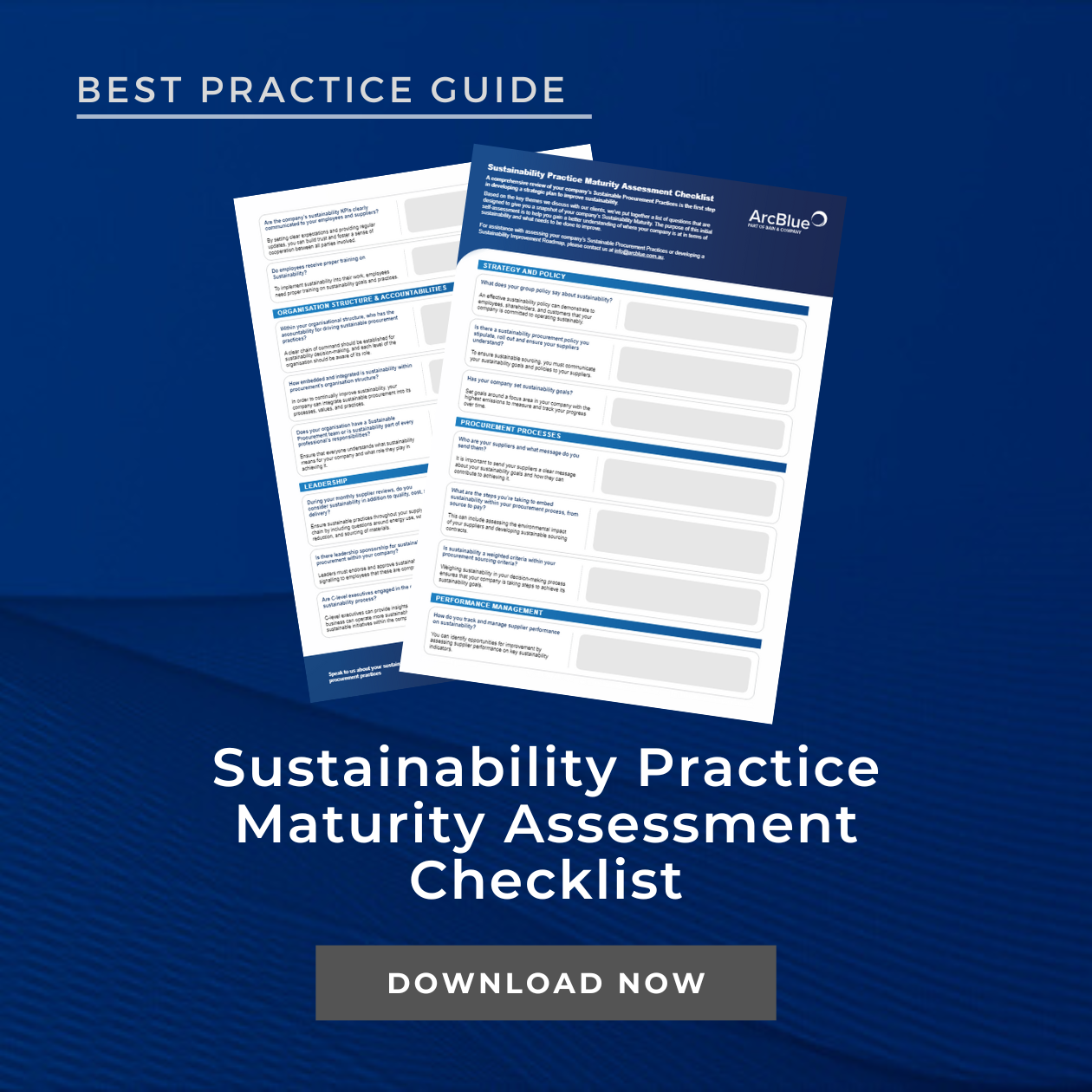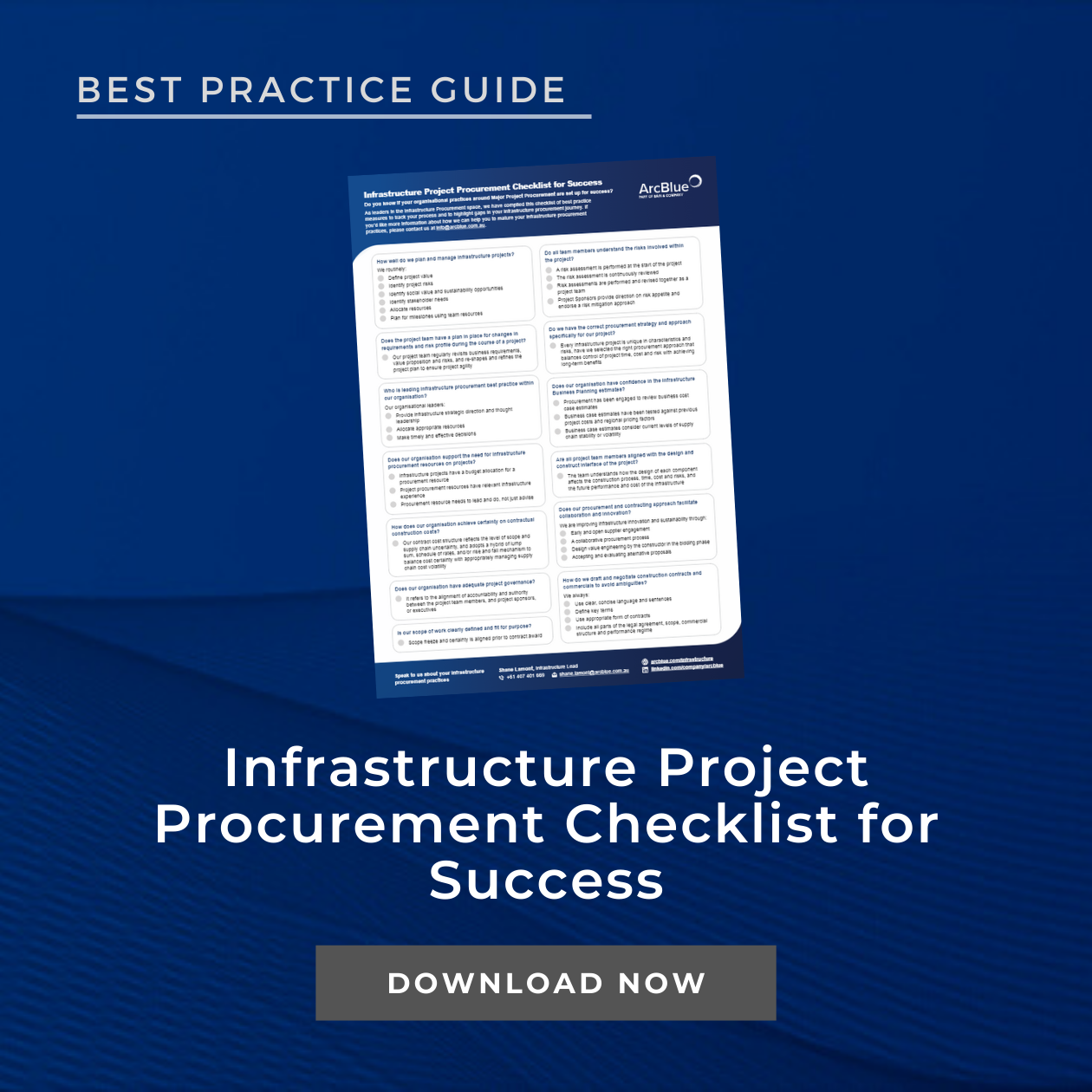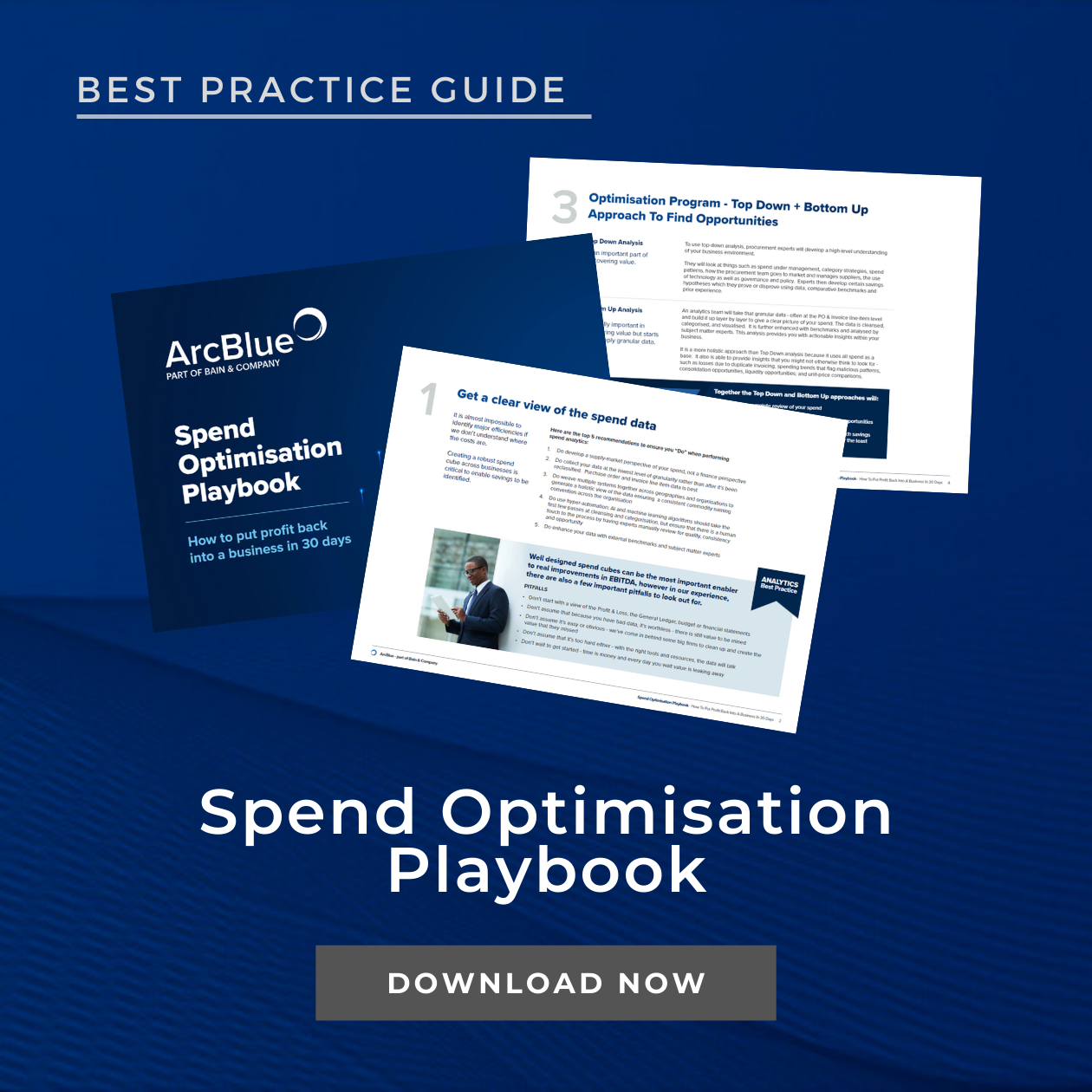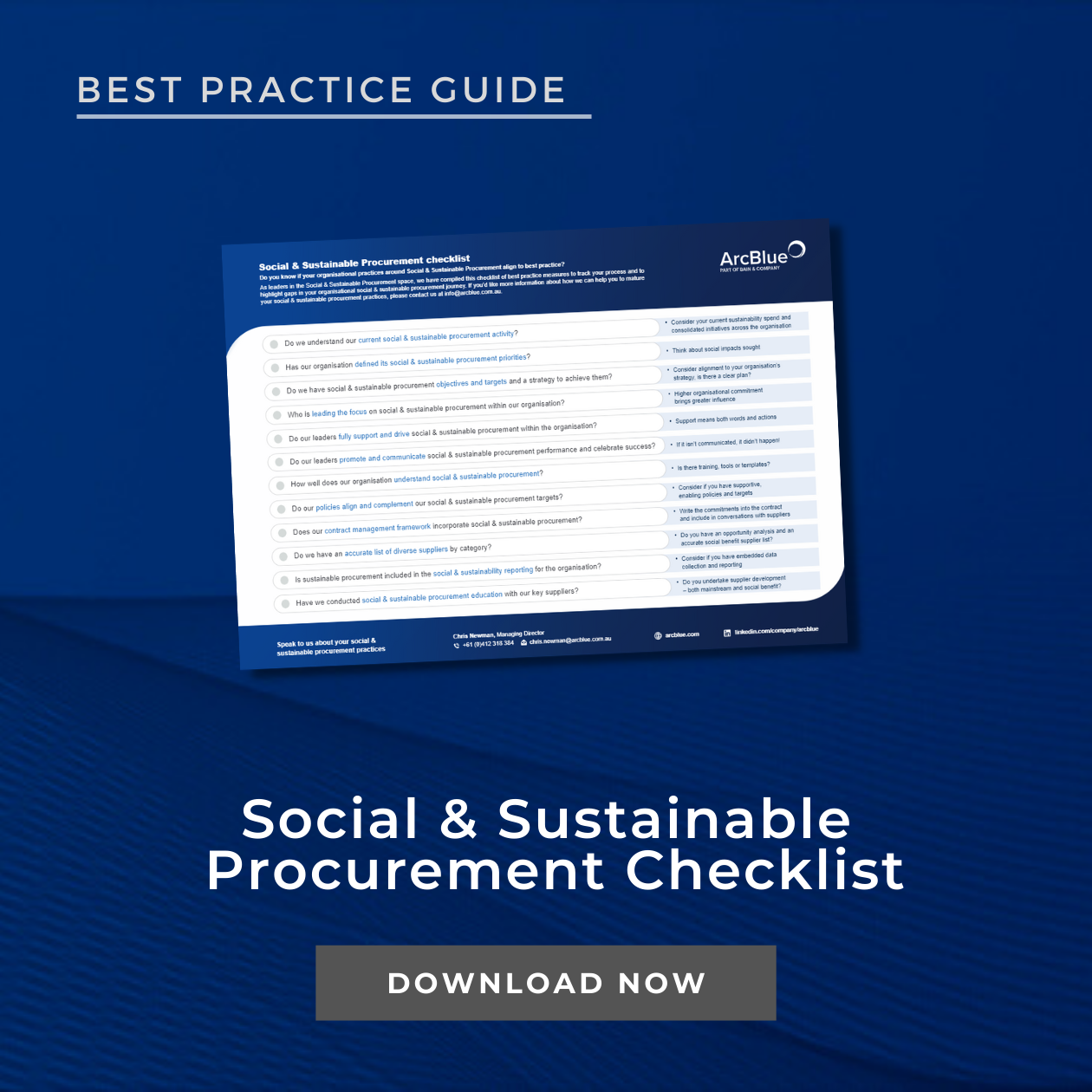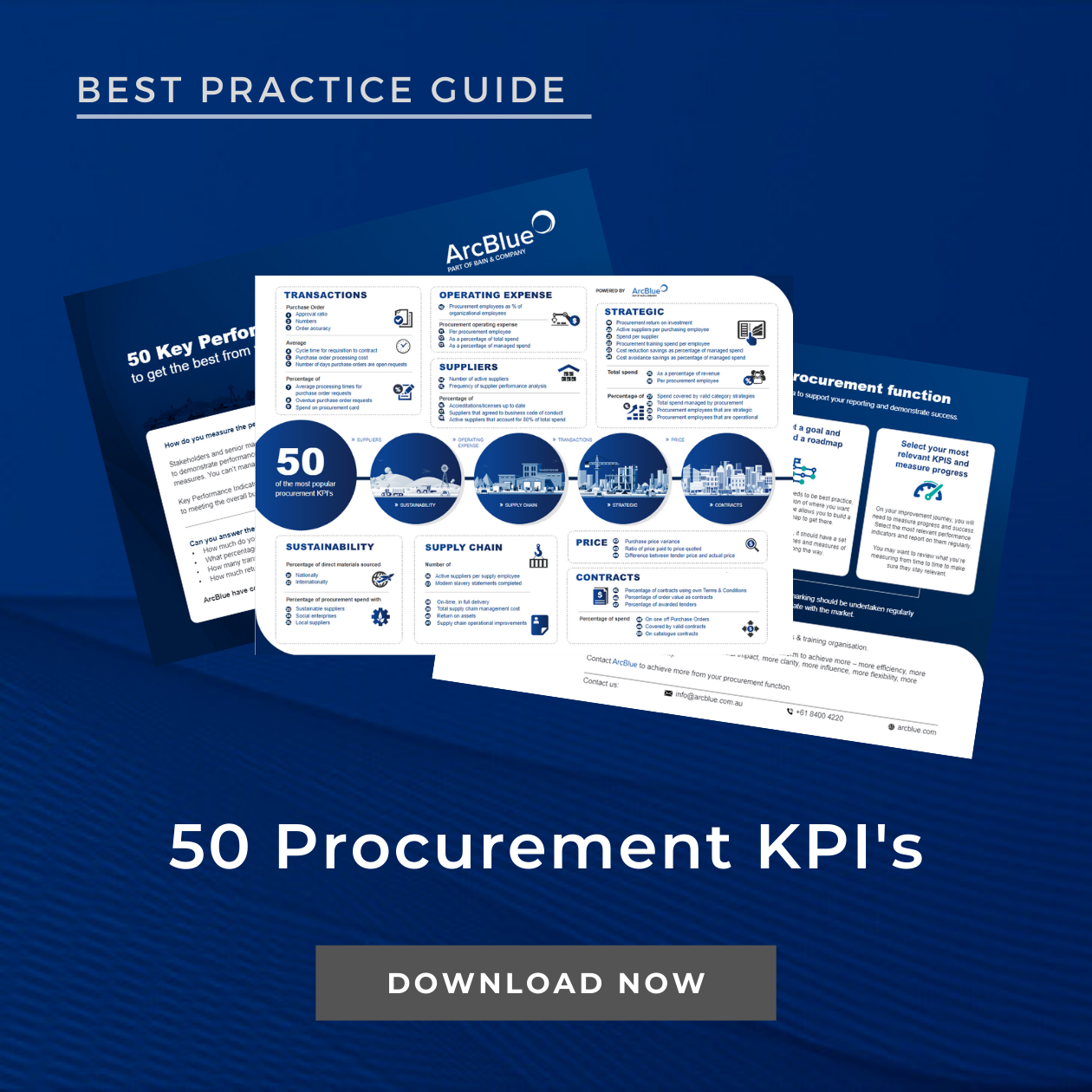- TOP 10 LIST
TOP 10:
Traps & Tips for Digital Procurement Implementation
January 2023
Digital transformations are rarely just about the technology. The key to a successful digital transformation is with people – not just in training people, but in achieving ownership of your digital transformation across the entire organisation, and procurement is no different.
The digital transformation of your procurement will support improving the way that your entire organisation operates. By understanding your digital journey, refining your processes to suit automation, bringing your key stakeholders on the journey, and planning out your roadmap, you can develop a successful pathway to ensure procurement is more efficient, more effective, and more user-friendly. Your digital procurement journey can save time and money.
The challenge of implementing such technology is not only to do with the technology itself but more often to do with change management. In order to successfully implement digital procurement technology, businesses need to focus on the people and processes involved in such a transformation. About 70% of digital transformations fail because of a focus on technology and not on the needs of the organisation and people (i). If you can wrap this into an agile approach, you will be able to realise the investment at a faster pace across the entire organisation.
To ensure that digital procurement technology is successfully implemented and integrated, organisations need to be aware of the Top 10 common challenges faced during implementation.
1 Organisations often don’t know where to start
In the procurement sector, most organisations still run their processes manually. This is time-consuming when documents and approvals get lost in emails, in-trays, or are completely thrown out, as well as error-prone and cost-prohibitive. Automation of processes can support reducing time, effort, errors and costs – but it can be tricky to implement a new system without properly identifying how stakeholders and suppliers work together in an automated process.
TIP: Procurement systems are process-orientated, so it’s essential to clearly work on consolidating your framework, understanding your processes, and overlaying automation in detail before converting them to a technology platform. Engagement with end-users and mapping out consolidated processes in a framework will support system selection and avoid potential disruptions further down the line.
2 Choosing a digital procurement system without identifying impact on stakeholders
Choosing a system that supports a user’s experience and supports end-users in their procurement journey is important – understanding what this looks like to the end user is essential for success.
TIP: It’s crucial to understand the stakeholders’ requirements. Understanding who the stakeholders are and how digital transformation can meet their needs will reduce resistance to change and avoid surprises down the line. This includes understanding who the key stakeholders are, the impacts new technology will have on them, and how they operate in relation to current practices. By taking all of these factors into account, organisations will be able to choose a successful digital procurement system.
3 Resistance to change
It can be challenging when stakeholders within a company prefer to stick to old ways of doing things. Implementation of new systems can be viewed as a disruption rather than a positive step towards more efficient processes.
TIP: A way to help overcome resistance to change is by engaging those who will be using the new system, and by getting their input and ideas about how it should work right at the beginning of the program (not waiting until training to tell them what they are doing). Understanding the reasons for resistance and addressing them head-on can help make the transition to a new system smoother for everyone involved. More traditional support, training and engagement can then be rolled out to people who have already been involved in the journey – significantly reducing the resistance to change.
4 Failure to adopt a top-down & bottom-up strategy
When other team members fail to see the executive team on board or implement changes, this can lead to a domino effect. Team members may not feel the need to learn the new systems.
TIP: Adopting a top-down, and bottom-up approach is essential for ensuring a successful transition to a new digital procurement system. Digital transformation needs to be embraced and endorsed by management within an organisation. Likewise, 180-degree feedback from end-users needs to be included to support the doers in the organisation. The executive team should make sure that other team members within the organisation know what they need to do and have the knowledge and training to use the new system effectively. In return, team members should be open to questions and feedback to improve the implementation process.
5 Implementing change management at the end of your project
Change management is commonly misunderstood to be about training people after a digital transformation program. In reality, training is only a part of the puzzle. Implementing change management before selecting a system supports the understanding of all requirements for system selection and brings stakeholders on the journey of promoting ownership of the transformation.
TIP: Successful change management starts before selecting a system and begins with understanding and assessing what factors an organisation needs for successful implementation. Understanding the pain points, what works, and what doesn’t, will assist with requirements on what should be continued with, and what needs to be replaced. Once organisations have a good grasp of these points, they can start to plan for other activities that will help manage the change within the organisation. By taking a holistic approach to change management, organisations can increase their chances of a successful business transformation and system rollout.
6 Not knowing what success & the end goal looks like
It can be a challenge during a digital transformation when organisations do not know what success looks like at the end of the journey. Organisations may feel dissatisfied if they do not determine the end goal early on.
TIP: The process of digital transformation can be daunting for any organisation when many different stakeholders and suppliers are involved. Ensuring cross-engagement between all parties is essential to ensure everyone’s requirements are taken into account and used as a guide to ensure that common ground is established for what success looks like. This should include your objectives and outcomes being clearly defined and agreed on, as well as an understanding of the end goals that are used throughout the program to keep it on track and to scope. With everyone on board with the same goal in mind, digital transformation can be an exciting and rewarding journey for all involved.
7 Avoid reverting to old practices
It can be tempting for staff to fall back into old systems and methods when completing an urgent task, but this is the most crucial time for organisations to be firm about their implementation.
TIP: Support that extends beyond 2 to 3 weeks after go-live is essential for a successful rollout. It’s crucial to make sure that two-way feedback channels are in place during and after implementation for at least 6 months. This way, staff can ask questions and get responses, feel supported throughout the process, and have time to embed new practices across all stakeholders and end-users. Your 2-way feedback channels should be analysed to provide valuable insights that can help resolve reoccurring issues that may arise.
8 Speeding up the implementation process
The fast-paced nature of today’s business world has led many organisations to feel pressure to speed up the implementation of digital systems and have everything ready in a shorter time period. However, rushing such a process can be risky and may lead to subpar results.
TIP: Organisations should instead take the time to gather requirements, create a framework that can streamline company processes, and ensure that the path to success incorporates a phased rollout approach. Once this foundation is in place, they can work with a technology provider to develop a timeline for implementation that is realistic and that will not adversely affect the system’s overall structure. As well as start to enjoy ROI on digital transformation as part of the implementation program, and not wait until the end of the project when everything is “perfect”.
9 Flexibility in system functionality
Understanding your requirements will help you identify the system that you need, what functionality you need – “out of the box” or configured, and what needs to be customised.
TIP: Remember, if you are purchasing “out of the box” functionality in a system, you will need to be flexible on how it works for your organisation, as you are purchasing something pre-built that is designed for a large volume of clients. If you are purchasing customised systems, you have much more control over the functionality of the system, however, it also comes with a much higher cost. Make sure you understand how configuration vs. customisation suits your requirements and success outcomes.
10 Not setting an appropriate budget
When introducing new digital systems into an organisation, software obviously carries an initial cost. However, full lifecycle costs for the project need to be taken into consideration to achieve a successful outcome.
TIP: It is crucial to allocate a budget for all elements of your program, not just for the software. Full consideration of costs should cover:
- Internal project team (from concept to closure), including Project Management
- Change management from the beginning of the project to 6-month past go-live (minimum) to ensure that the organisation’s requirements are identified, and gaps are uncovered as soon as possible – preventing costly delays down the line
- Cost of implementing the software
- Cost of licensing the software
- Maintenance costs for the next 5 years (minimum)
(i) Forth, P., Reichert, T., De Laubier, R., & Chakraborty, S. (2020, October 29). Flipping the Odds of Digital Transformation Success. BCG.
ArcBlue System Selection & Implementation services are designed to enable best practice outcomes, insights and efficiency. ArcBlue experts are well-researched, providing independent knowledge on the latest technology and system capability.
Speak to us about successfully selecting and implementing your next electronic procurement solution.
INSIGHTS
RESOURCES & DOWNLOADS








